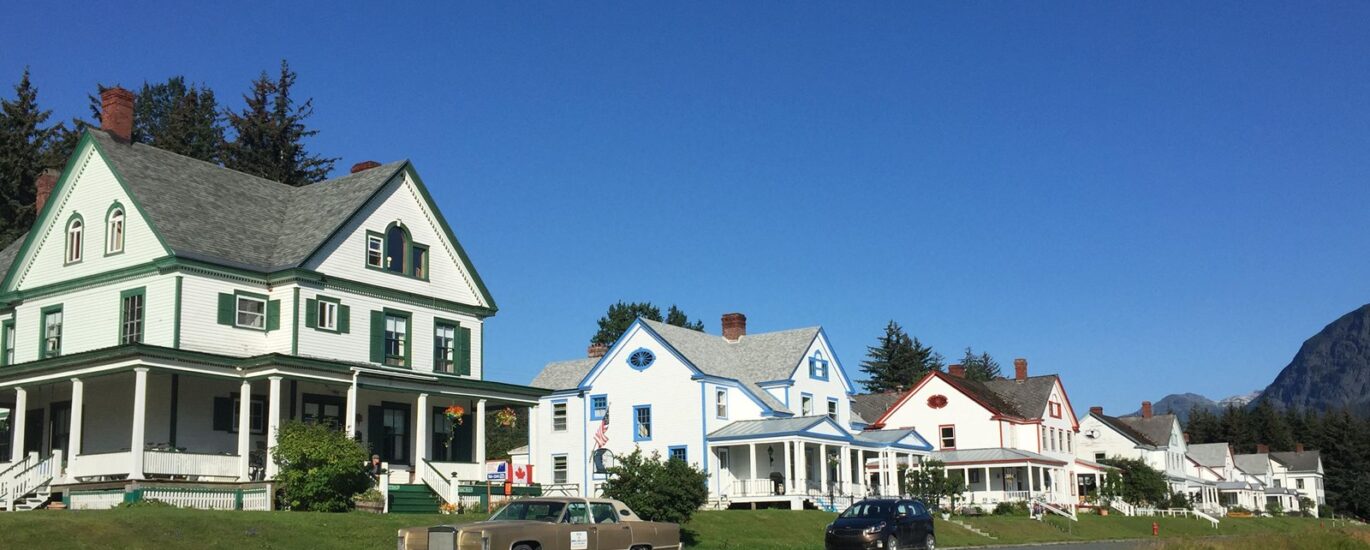Welcome to Fort Seward, a site rich with history and significance in Alaska’s journey through the 20th century. Established in 1902, Fort Seward was the last post of its kind built in Alaska during the Gold Rush era. Named after William H. Seward, the U.S. Secretary of State responsible for the purchase of Alaska in 1867, this fort has served as a witness to many pivotal moments in history.
Construction of the fort began under the supervision of Captain Wilds P. Richardson and was completed in 1904. The fort was strategically placed to ensure order among the influx of gold seekers and to assert military presence during the boundary disputes between Alaska and Canada. Over the years, the fort became the only military installation in Alaska, remaining active between 1925 and 1940.
Fort Seward, also known as Chilkoot Barracks, played a key role in training Alaskan draftees during World War I and served various functions during World War II. It stood as a symbol of military strength and American presence in the region. The fort’s architecture, with 85 wood-frame buildings including officers’ quarters, barracks, and a hospital, was a testament to its strategic importance.
Prominent figures associated with Fort Seward include Colonel Thomas C. Woodbury, the first commander, and the renowned 30th Infantry band which was stationed here from 1912 to 1913. The fort was deactivated after World War II and sold to private developers who transformed it into an art colony and tourist destination, breathing new life into this historic site.
Declared a National Historic Landmark in 1978, Fort Seward continues to be a window into Alaska’s past, offering visitors a glimpse into the lives of those who served and lived here. Each building and pathway tells a story of resilience, adaptation, and the ever-changing tapestry of history that defines this unique location.





